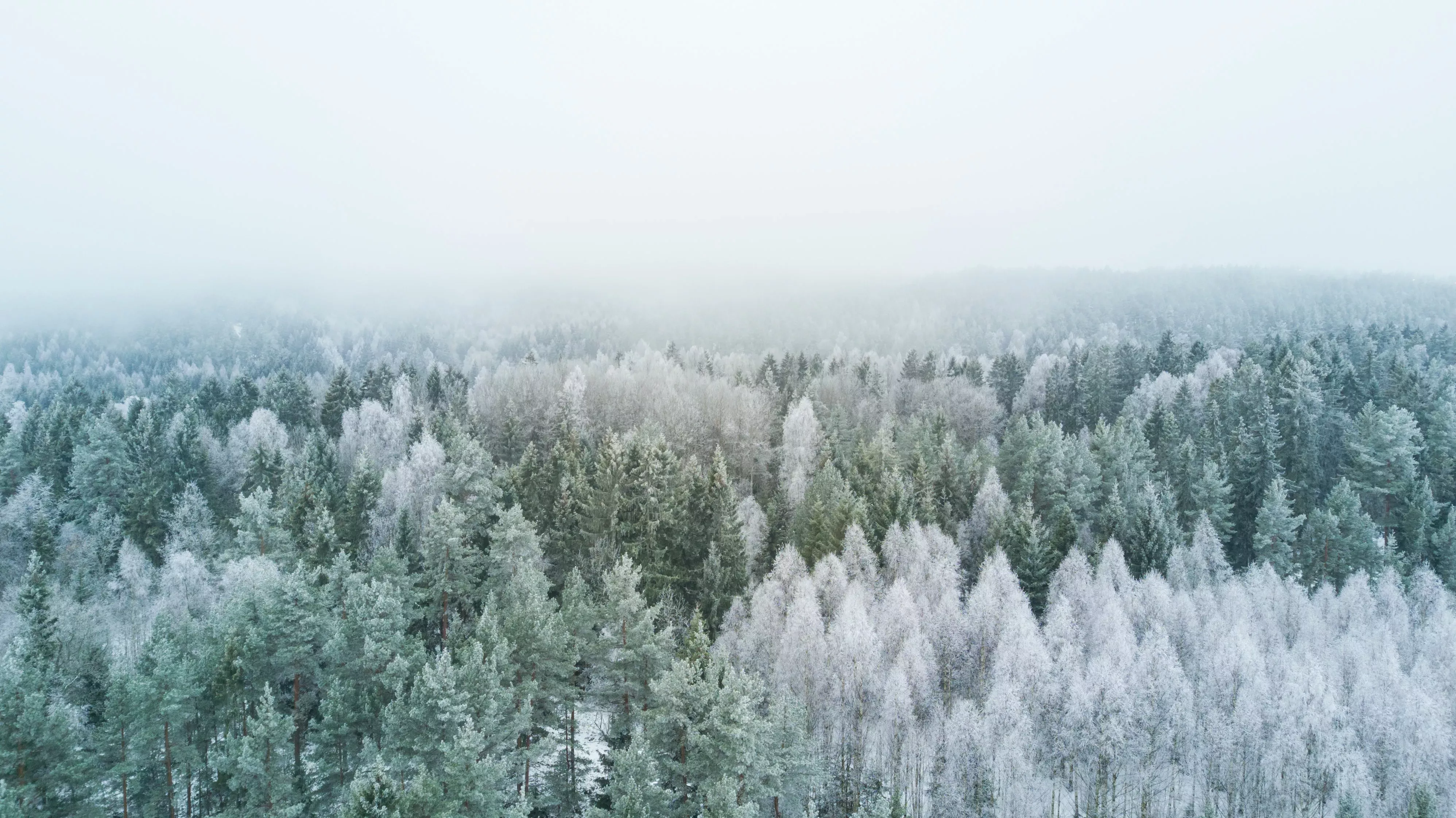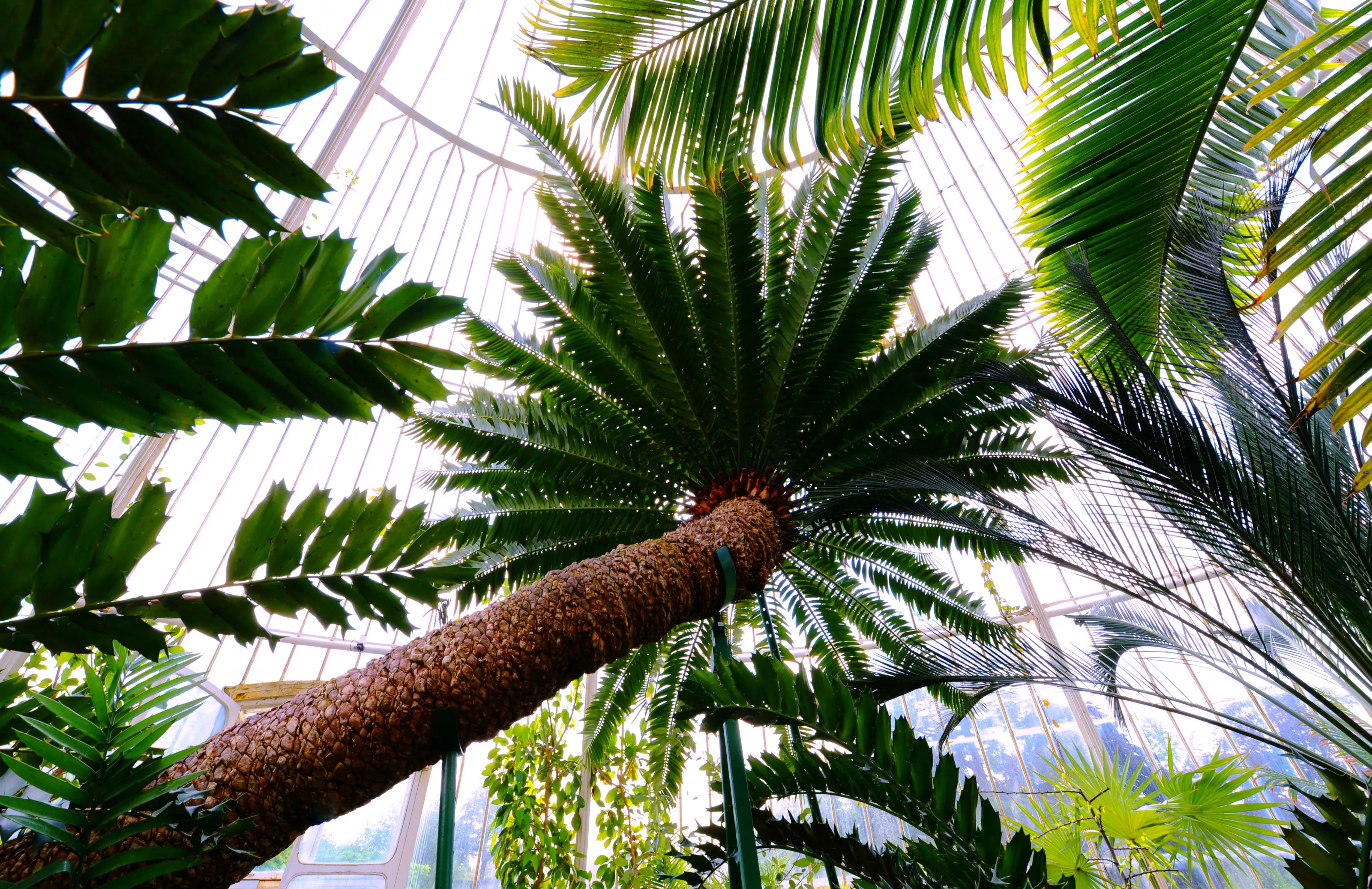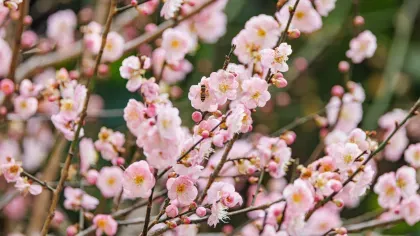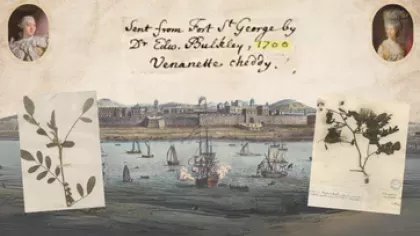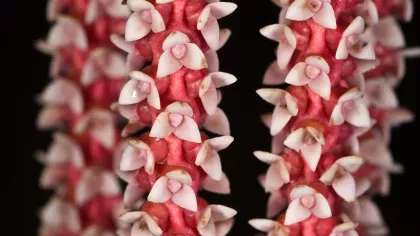29 May 2020
Extreme plant survivors
From deserts to rocky mountainsides, meet the incredible plants that survive in extreme conditions.

From jungles to deserts, prairies to mountains, plants have adapted to some of the most extreme environments on the planet.
We round up some of the most resilient plants living in our gardens.
Aloes
Aloes have specially adaptations to survive drought.
Their thick waxy leaves are able to survive in harsh climates with little rain as they have special water-storing tissues called parenchyma.
The grey-green leaves also contain the colourless gel that is a popular ingredient in many skincare products to hydrate hair and skin.
Scientists at Kew carry out research on Aloe vera and its close relatives. This research delves into aloe gel chemistry, leaf shape, genetics, and evolutionary relationships among Aloe species
The water-storing gel in Aloe vera leaves is an adaptation for drought. Investigating this gel could change how we use aloes in the future to adapt to life as the planet gets warmer.
Baobab trees
The baobab (Adansonia) comes from Madagascar. This island nation is famous for its unique wildlife and diverse plant life.
The baobab has adapted to Madagascar's subtropical climate, which has a hot and rainy season followed by a cool, dry season.
The trees behave like giant succulents with up to 80% of their trunks made of water.
They can live a very long time. In the wild, there are specimens that are estimated to 1,000 years or more.
They have many properties which makes them useful to people. The bark of the tree is soft and fibrous and can be used to weave rope and cloth. The baobab fruit is also known for its health benefits, with high levels of calcium and vitamin C.
Our baobab tree (Adasonia za) lives in the Princess of Wales Conservatory, and it grows so vigorously that yearly pruning is essential to stop it from getting out through the roof.
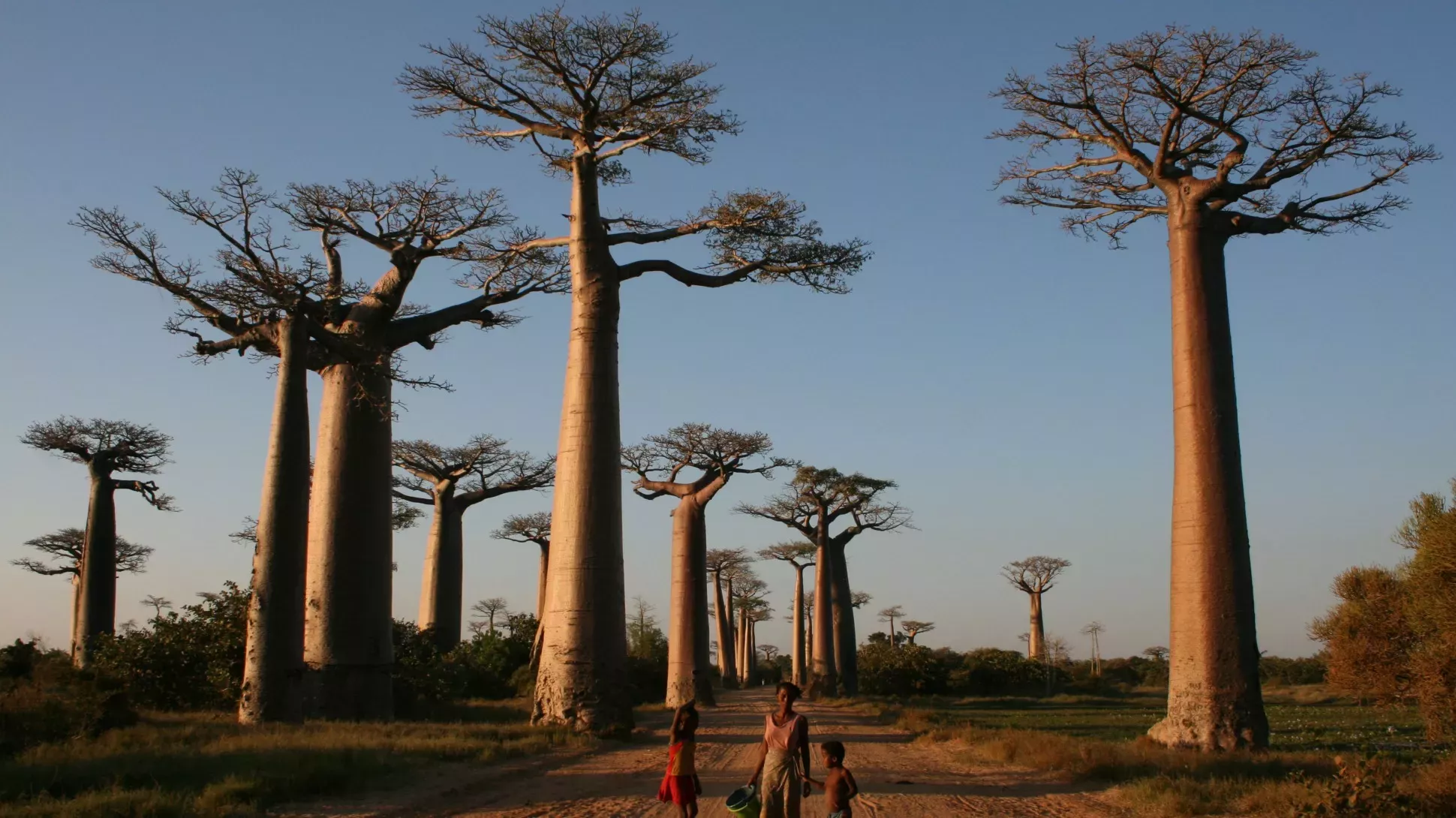
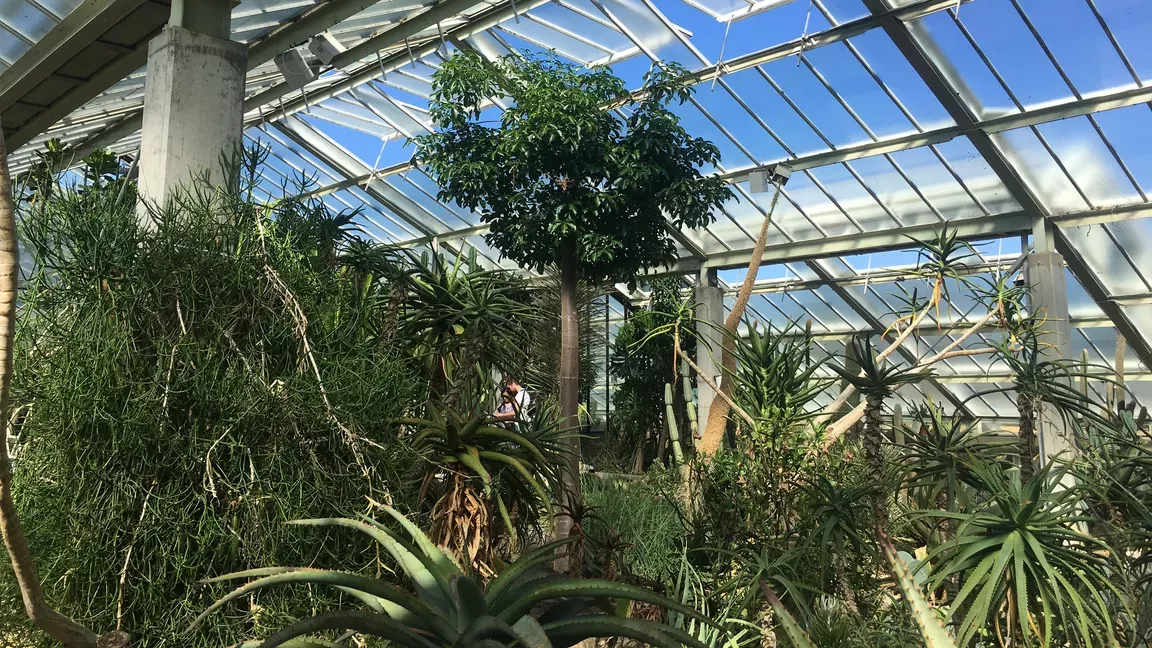
Hyancinth (Scilla madeirensis)
Many of the plants thriving in our beautiful Rock Garden have adapted to survive in rocky, isolated conditions on mountain tops.
A star plant on the rock garden is Scilla madeirensis; the largest and most showy of all the hyacinths.
In the wild, it can only be found on the volcanic rocks of Madeira. At Kew, it grows very well in a pot and thrives in our Alpine House.
Only about 1,000 individuals exist in their natural habitat, but the populations are thought to be stable and not under threat.
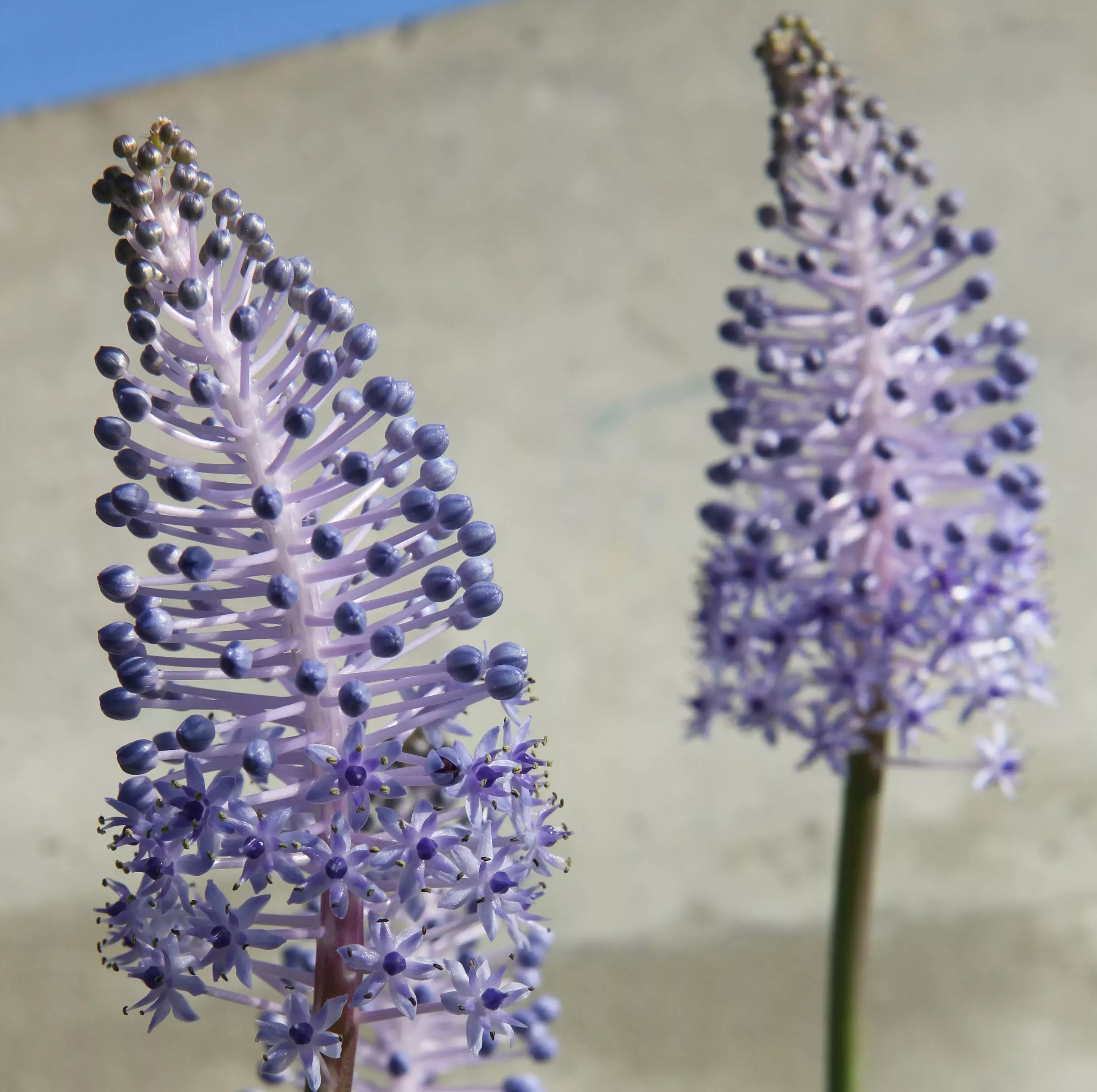
St Helena ebony (Trochetiopsis ebenus)
St Helena ebony is endemic to St Helena, an island in the South Atlantic Ocean that is one of the remotest places in the world.
This plant was believed to be extinct for 100 years. It was overgrazed by goats, who were thought to have destroyed the population of this plant.
However, fortunately two plants were spotted growing on the side of a cliff face.
A local guide retrieved cuttings from one of these last wild specimens in 1980. In an adventurous feat, he used a makeshift harness to reach the precarious position where they were growing, and carried a stem back up the mountain between his teeth.
Thousands of St Helena ebony plants have now been propagated from these two survivors and replanted on the island.
Spot these beautiful plants at Kew in our Temperate House.
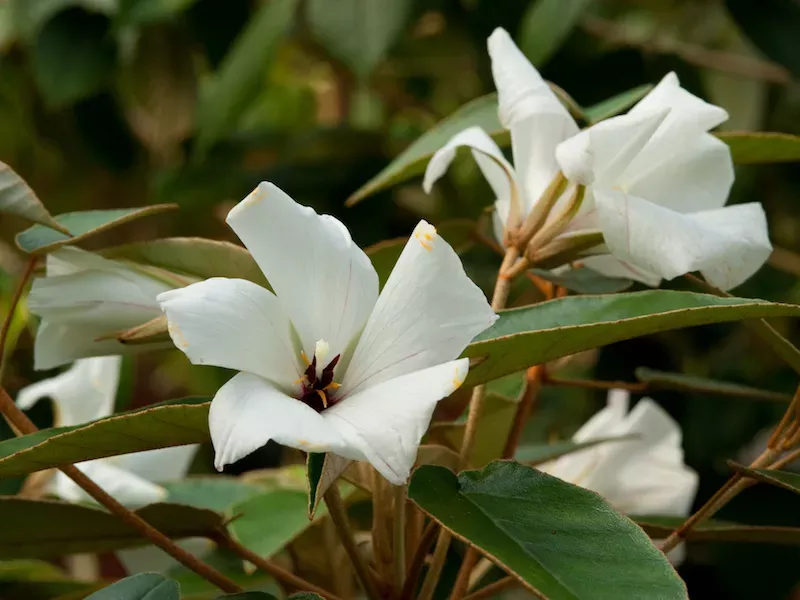
Argan trees (Sideroxylon spinosum)
Native to Algeria, Mauritania, Morocco, and Western Sahara, these valuable trees have adapted to semi-desert environments through their roots which go deep into the soil to find water.
The trees are short with small leathery leaves and twisted trunks.
It takes the trees over 50 years to develop fruit that then are ready to be harvested. These are oil-rich fruits, from which argan oil is extracted.
Famous for being rich in vitamins and antioxidants, argan oil can help moisturise and strengthen hair and skin.
The oil is also used in Moroccan cooking, giving a nutty flavour to dishes like couscous.
We have an argan tree happily growing in the Temperate House and behind the scenes in our Tropical Nursery.
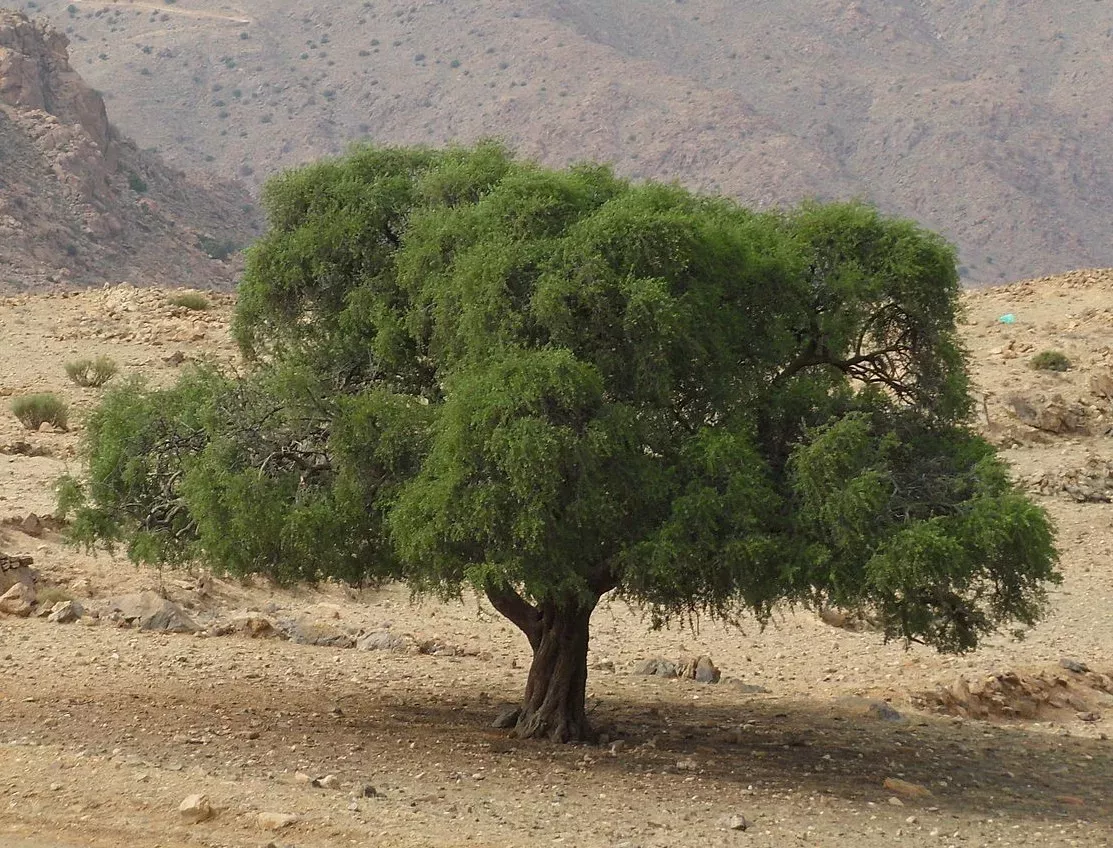
Morrisby's gum (Eucalyptus morrisbyi)
These trees are well adapted to very dry climates.
They are endemic to south-eastern Tasmania and are the rarest Eucalyptus in Australia. They are considered endangered by the International Union for the Conservation of Nature (IUCN).
Eucalypts have evolved over the past 100 million years and evolved to survive regular burning and their dry habitats.
Many plants living in dry environments like this have adapted to cope with forest fires. Some plants even need heat from flames to release their seeds and regenerate, like the fire lily (Cyrtanthus ventricosus) which is dependent on fire to flower and produce seeds.
We have specimens of morrisby's gum growing in Coates Wood at Wakehurst, where they have flowered successfully with pretty display of cream flowers when in bloom. We also have a tree thriving in the Temperate House at Kew.
The precious seeds of this endangered species are safely banked in the Millennium Seed Bank.
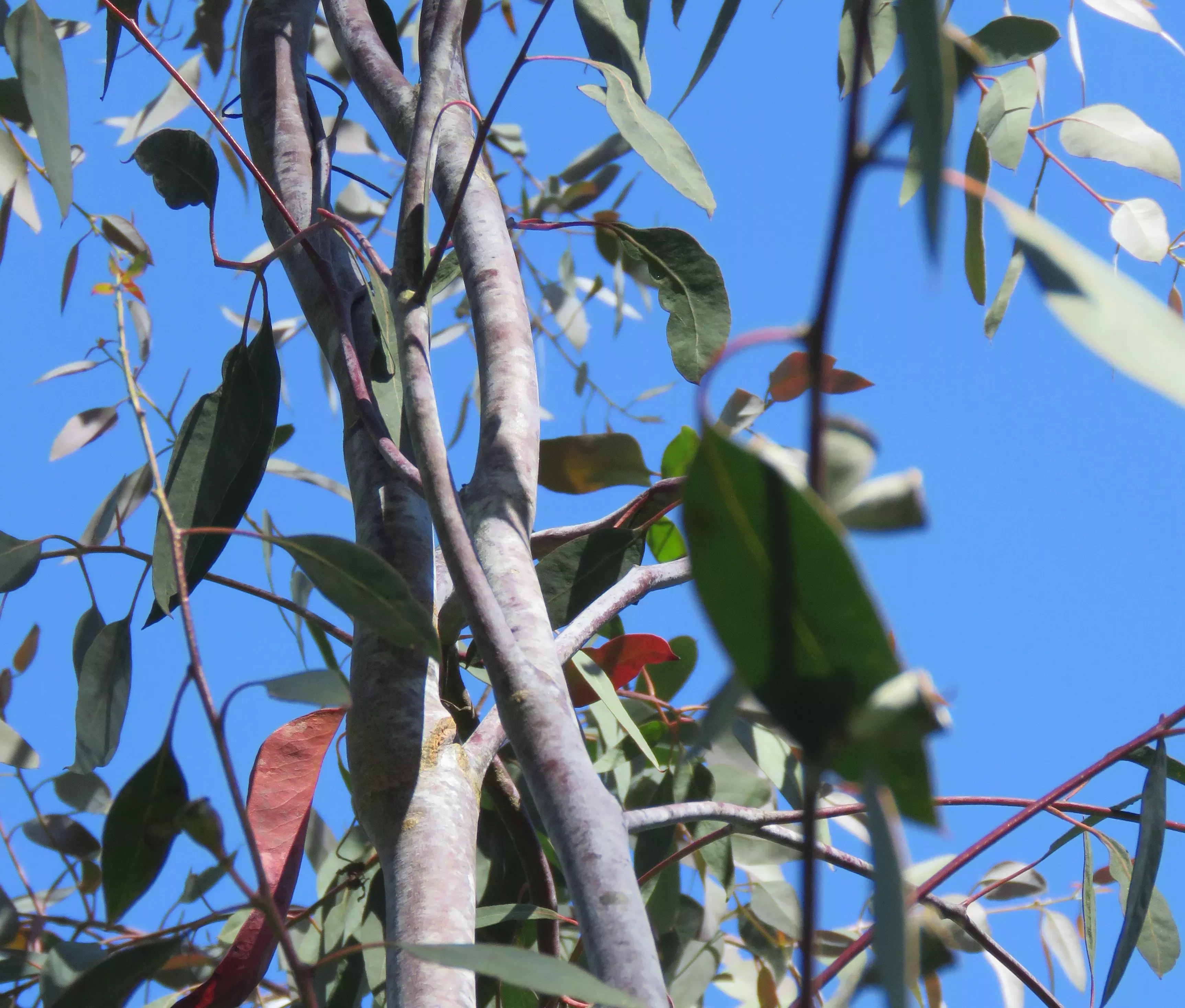
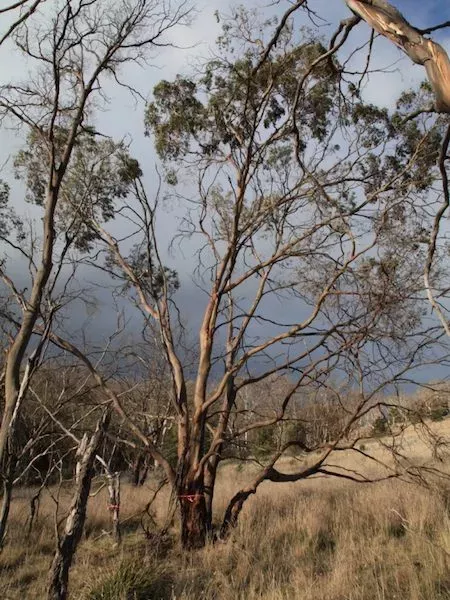
Norway Spruce (Picea abies)
Originally from Scandinavia, the Norway spruce is a tough cookie.
A fast growing conifer, these trees are frost hardy with thick bark to protect them from the cold and waxy needles which prevent water loss. Tough pine cones protect the seeds during harsh winters.
The Norway spruce is the typical tree gifted by the Norwegians to Trafalgar Square for their iconic display every year.
This has been a tradition since 1947, when it was first presented as a thank you for support during the Second World War.
You can find these resilient trees in our Pinetum along with other hardy trees like the Nordmann fir and Scots pine.
